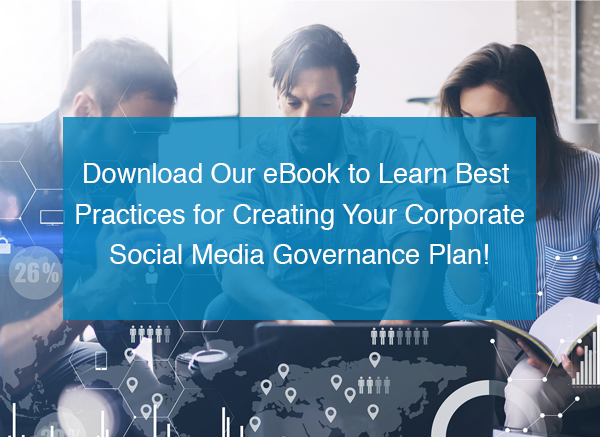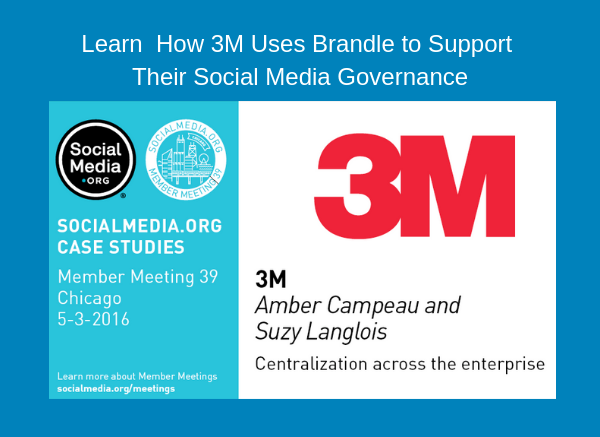 Now that social media is a widely accepted marketing channel to connect with consumers, executives have progressively elevated their concerns about the risks and the potential damage this technology can present to their companies. In fact, AON’s Global Risk Management Survey 2017 lists risk to brand reputation via social media as their number one risk concern.
Now that social media is a widely accepted marketing channel to connect with consumers, executives have progressively elevated their concerns about the risks and the potential damage this technology can present to their companies. In fact, AON’s Global Risk Management Survey 2017 lists risk to brand reputation via social media as their number one risk concern.
It is no longer satisfactory to assume that the web is impossible to control — with the right tools and team, it is not only possible to control a corporate brand presence and social media ecosystem, it is necessary. But in order to make all of this risk management happen, a solid social media governance program needs to be created, adopted across the enterprise, and implemented. Like all risk management programs, there needs to be buy-in from the top and there needs to be a corporate-wide commitment to the ongoing discipline that successful social media governance requires.
What is social media governance? Essentially, it is an ongoing process and commitment that focuses on identifying, evaluating, prioritizing and mitigating organizational risks that arise from social media usage in the workplace. These risks can be caused by:
- Careless or uninformed employees.
- Disgruntled customers or ex-workers.
- Unethical (and potentially illicit) competitors trying to damage a brand.
- Cyber threats such as malware, Trojans, viruses
- Companies creating “fake” brands and stealing your customers
As a side note, if this last risk category -- cyber threats on social media -- seems like a secondary concern, unfortunately this is not the case. As reported by CIO Insight, many of today’s cyber criminals are turning their attention away from corporate servers and endpoints, because they are finding it much easier, cheaper and more effective to target victims through social media -- often using spear phishing tactics (i.e. using a recipient's name and title to seem safe and familiar, etc.) to steal credentials and other sensitive or confidential data.
Naturally, there is no one-size-fits-all or template social media governance strategy, plan or program. Each organization has a unique social media threat profile based on a variety of factors; some of which are internal, while others are external. However, with this in mind, there are some fundamental questions that all robust and viable social media governance plans should aim to answer, including:
- Who are our corporate stakeholders for social media governance?
- What are our corporate risk priorities?
- Should our social media governance team be centralized or localized?
- How do our corporate goals integrate and impact social media usage and governance?
- What social media governance metrics and KPIs will be used to monitor performance, progress and effectiveness?
- What state, national and/or international laws and regulations need to be reflected in our social media governance approach?
- What is the relationship between our marketing and branding strategy and social media governance?
- How and when will social media brand audits be performed, and who will take ownership of this task?
- Who is responsible for the overall social media presence and profile?
- What protocols and processes are in place to handle different risks and crisis (e.g. reputational damage, cyber threat breach, etc.)?
These are just some of the questions that, once properly answered, provide the foundation of a strong, solid social media governance plan that protects the organization as it navigates through the rewarding, yet risky social media landscape.
Learn More
To learn more about social media governance and protecting your organization, download our eBook “The Social Media Governance Plan”. In this resource, we discuss social media risk factors and the audit process for corporate, employee and key partner social media accounts. Then we lay out the steps it takes to build a solid social media governance plan and the monitoring procedures to keep that plan in place.









